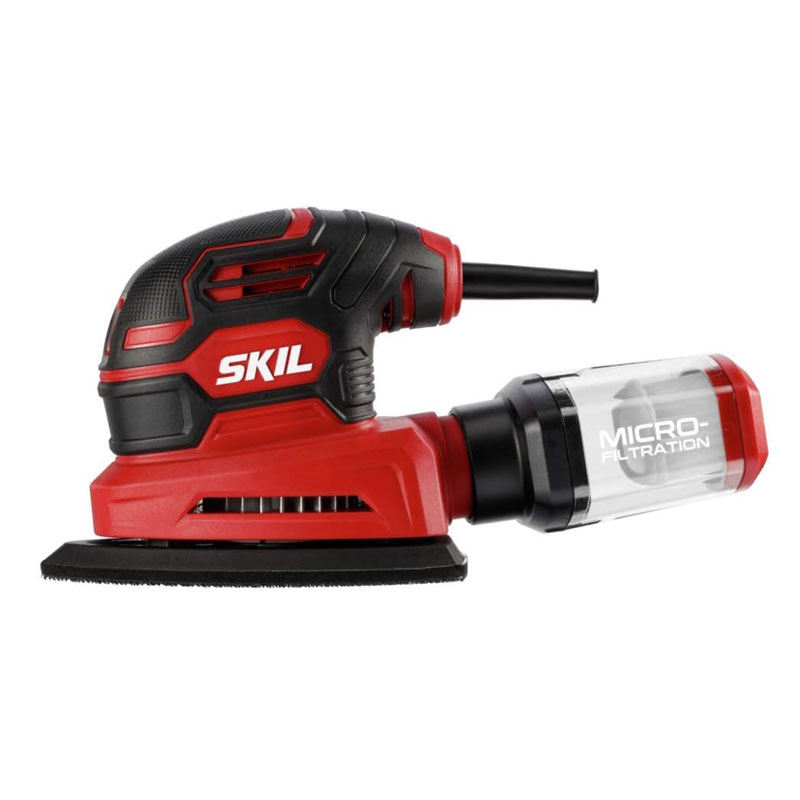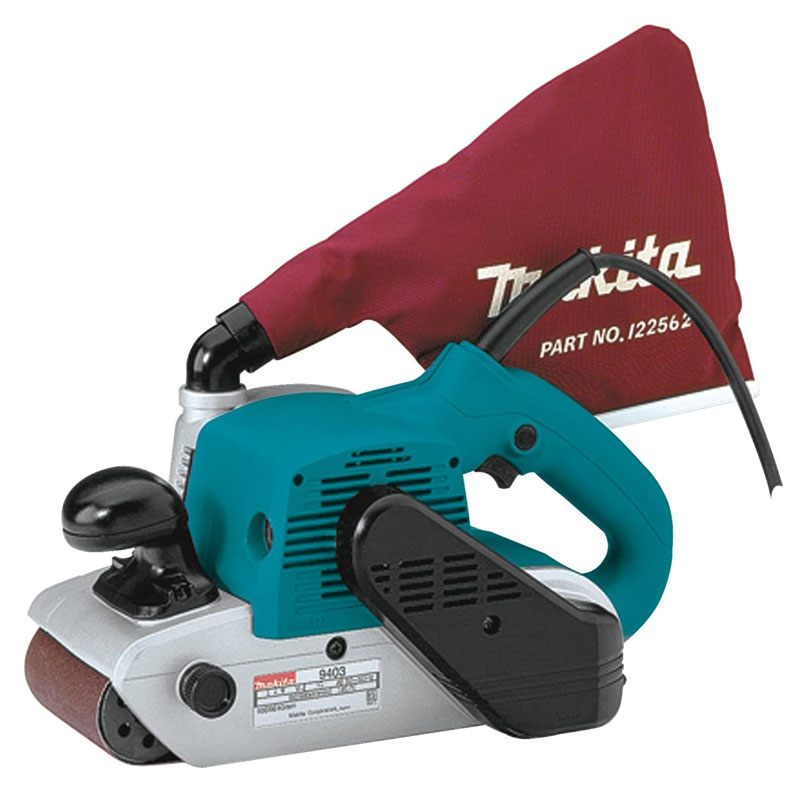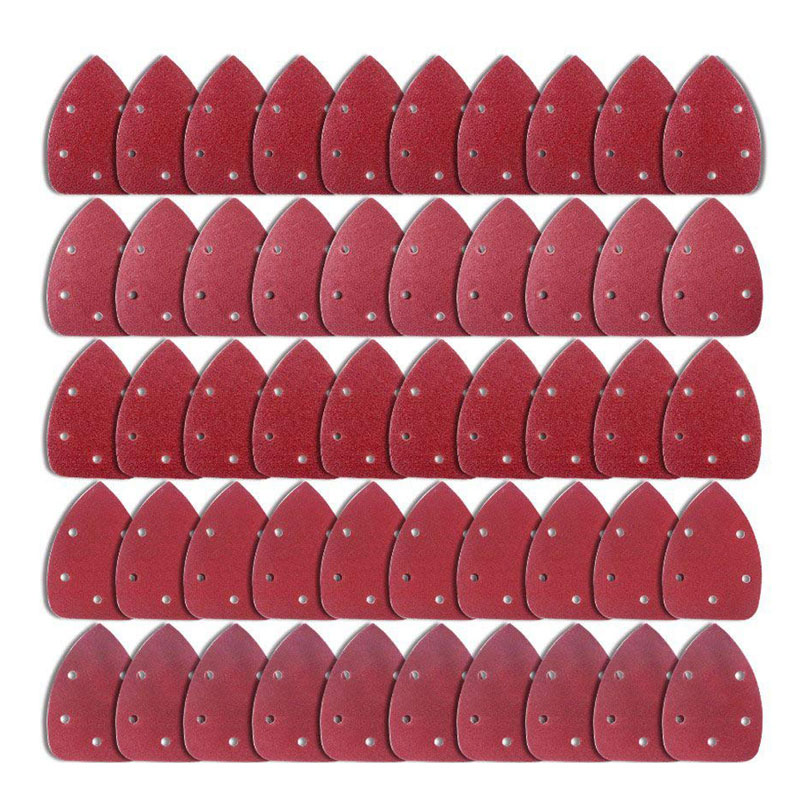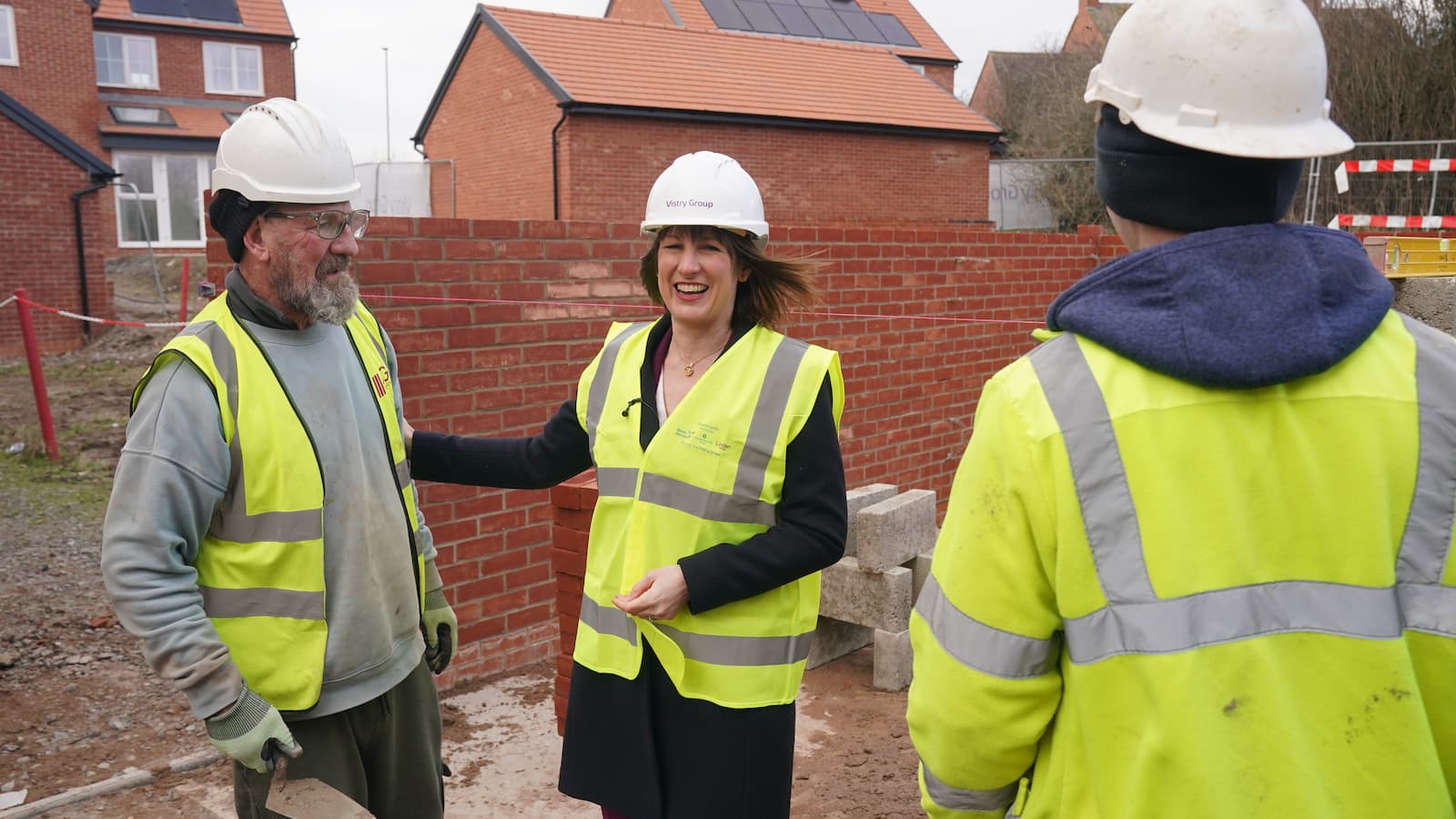Can you sand engineered wood flooring? Expert reveals the answer
If you're asking yourself can you sand engineered wood flooring, you’ve come to the right place. Find out how to get the best from your flooring
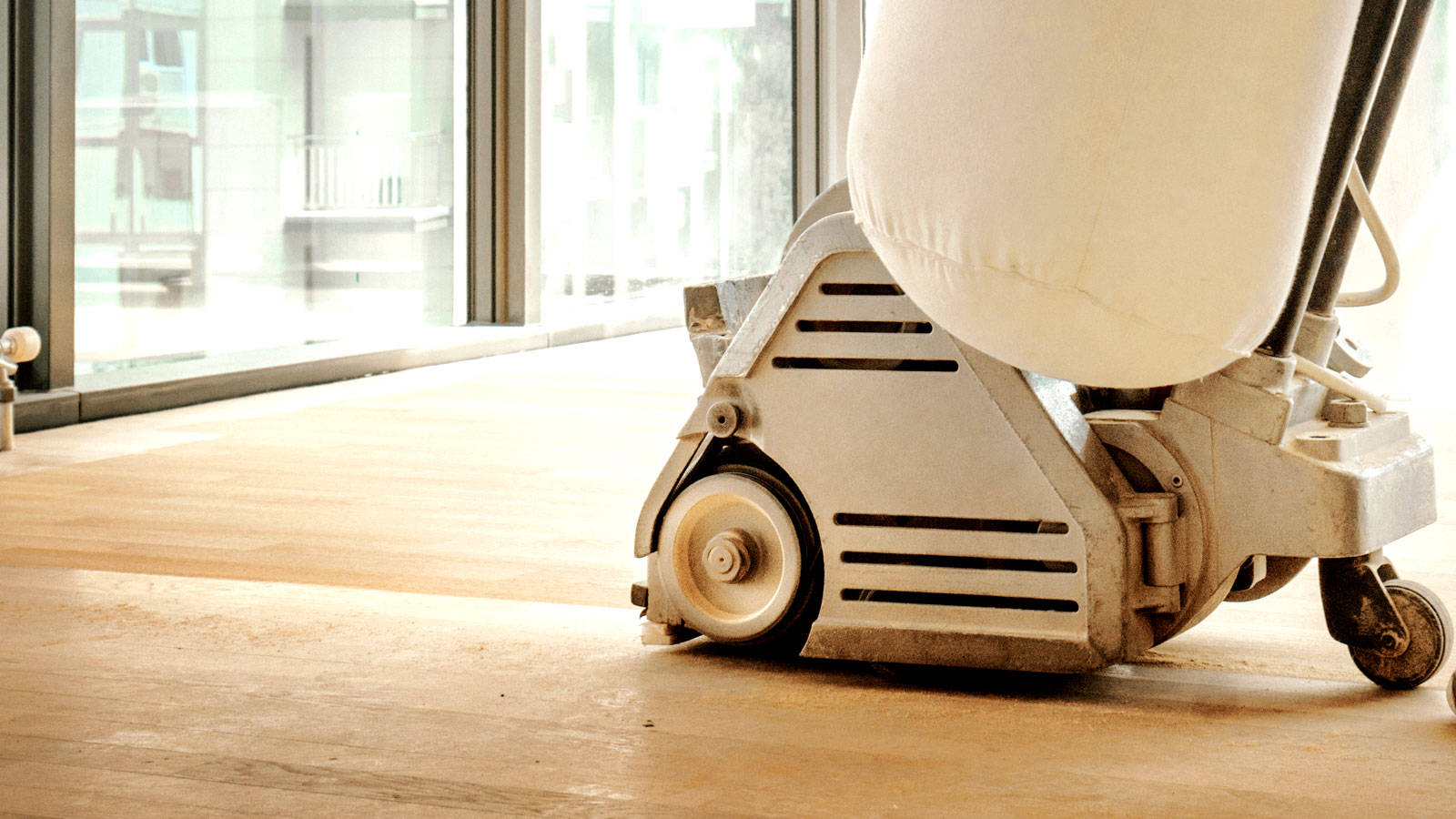
Can you sand engineered wood flooring is a straightforward question that doesn’t have a straightforward answer. Different types of engineered wood flooring need to be treated differently.
It’s not the same as other types of wood flooring. Engineered wood flooring has a thin layer of wood, known as a veneer or wear layer, on the top of a wood core. This doesn’t come in one size, which means different scenarios and results apply to different thicknesses.
Here you can get expert advice on how to sand different sizes of engineered wood flooring, how often it can be sanded and the best tools for the job.
Can you sand engineered wood flooring?
Engineered wood flooring typically consists of solid wood core such as HDF (High Density Fibreboard) that's covered by a solid wood veneer. The core and the veneer differ in thickness which, “impacts its durability, stability, and insulation properties,” explains Ian Tomlinson, managing director at Chaunceys Timber Flooring.
But what sizes and thickness does engineered wood flooring come in?
Ian reveals that, “engineered wood flooring typically comes in thicknesses ranging from 12mm to 20mm, although there are other specifications of floorboard available.”
He adds, “generally, thicker boards offer a more substantial solid wood top layer and additional ply layers in the base, enhancing its durability and strength.”
Different thicknesses work differently says Ian. “For high-traffic areas, 20mm planks are ideal as they can be sanded and refinished multiple times. Thinner boards (12mm-15mm) are more cost-effective but will not offer the same longevity or load bearing strength.”
Which you choose will affect how long the engineered wood floor lasts and how often it can be sanded. “It's important to note that not all engineered floors are created equal," says Ian. "Understanding the materials used in your flooring is crucial to ensure it meets your durability and aesthetic needs.”
He recommends that you, “look for high-quality hardwoods in the top layer for durability, and a base made of high-grade birch plywood. Budget construction methods - often using a thinner top layer and plywood that mixes in layers of softwood, such as pine or poplar - offer a lower quality board that lacks the durability, strength and dimensional stability of an all-birch plywood.”

Chaunceys Timber Flooring is a family-run company based in Bristol with Ian becoming the Managing Director in 2012. They have been supplying sustainable, high-quality timber flooring to homeowners, award-winning architects, design and build companies, and renowned interior designers since 1988.
What sandpaper should I use on an engineered wood floor?
“When restoring or sanding an old finish off of a floor, you will always need to use a series of grit papers,” says Ian Tomlinson. Sandpaper grits sit under different sandpaper grades, for example, a coarse grade sandpaper has a grit of 60 or less, while a fine sandpaper is typically a 120 to 220 grit.
Ian recommends that you, “start at the lowest grit, which is coarse, giving the most aggressive sand. You then work up through the papers until you reach your finish sand grit, most commonly between 80 – 120 grit.
“You can use a floor buffer or orbital sander with a fine grit sandpaper screen (e.g. 120 grit)," he adds, "to remove any minor indentations or raised fibres to get the floor surface smooth and ready for refinishing.”
The most common option according to Ian is to start with a 36 grit paper, which works well on most floor finishes and conditions of timber. But be warned.“There are exceptions to this though, dictated by the condition of your wood flooring and its existing finish," adds Ian.
Finally, an additional word of advice. “It is worth noting that it’s usually a false economy to start with a higher grit paper as it takes a long time to remove the finish and scratches," says Ian, "and it will use a lot of sandpaper.”
Try these when sanding engineered wood flooring
What is the best way to sand an engineered wood floor?
There are a few different ways to sand an engineered floor. For a small floor, you could use a hand sander, belt sander or pole sander. But these options involve more effort, especially the manual approach. Ian Tomlinson suggests that, “the most effective way to achieve an evenly sanded floor is to use a professional quality belt sander and then a floor buffer or orbital sander for the final fine sanding.” Industrial floor sanders can be hired for around £50 a day.
To finish a floor, “use an edge sander along the edges of the room," says Ian, "and a hand-held detail sander or scraper for corners and any areas that can’t be reached with the edge sander.”
FAQ
Can you sand 2mm engineered wood?
“This depends on the condition of the floor and whether you are fully restoring a very worn floor, or if you are wishing to change the colour,” says Ian Tomlinson. The veneer (aka wear layer) is typically thinner on less expensive engineered wood flooring. Often it will be 1-2mm thick which will affect the sanding process.
“As a rough guide, sanding will take about 0.5mm – 1.5mm of material from the wear layer," explains Ian. "This means that if you have a wear layer consisting of just 2mm, you'll probably only be able to sand and refinish the floor once. If the wood top layer of your engineered wood flooring is less than 3mm, " he adds, "this will limit your ability to sand back your floor and refinish it.”
If you are thinking of choosing new engineered wood flooring then you should consider a thicker wear layer if it fits within your budget. “That's why we only offer boards with a minimum of 3.5mm thick top layer,” explains Ian. “This gives you the ability to sand the floor a few times without any issues.”
“With that said, with proper care and maintenance," says Ian, "sanding your floor should be something that can be avoided.”
Does engineered wood work well in a kitchen? Read our how to choose the best wood flooring for kitchens guide to find out more. And don’t miss our wood flooring ideas and wood flooring cost guides.
Bring your dream home to life with expert advice, how to guides and design inspiration. Sign up for our newsletter and get two free tickets to a Homebuilding & Renovating Show near you.
Steve Jenkins is a freelance content creator with over two decades of experience working in digital and print and was previously the DIY content editor for Homebuilding & Renovating.
He is a keen DIYer with over 20 years of experience in transforming and renovating the many homes he has lived in. He specialises in painting and decorating, but has a wide range of skills gleaned from working in the building trade for around 10 years and spending time at night school learning how to plaster and plumb.
He has fitted kitchens, tiled bathrooms and kitchens, laid many floors, built partition walls, plastered walls, plumbed in bathrooms, worked on loft conversions and much more. And when he's not sure how to tackle a DIY project he has a wide network of friends – including plumbers, gas engineers, tilers, carpenters, painters and decorators, electricians and builders – in the trade to call upon.
